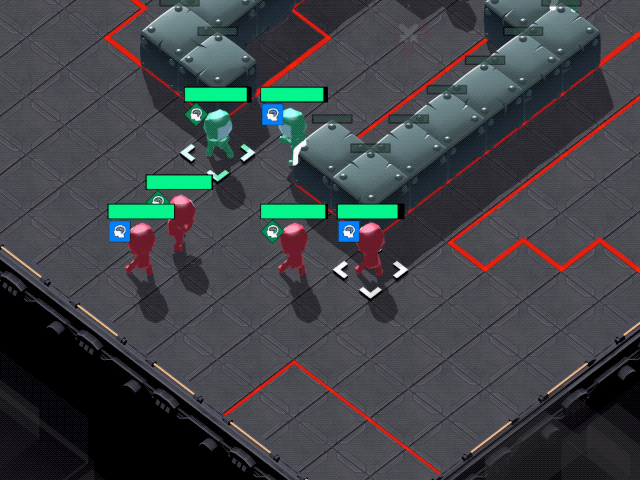Status effects are great. They can add variety on top of existing base mechanics and lend the mathematics of combat in some games a great deal of depth and emergent complexity without making the game harder to learn or play.
Poisons, stuns, confusions, fears, sleep and death. An RPG is never complete without Status Effects. From the simplest damage-over-time effect to the impactful 5 turns until instant death to something wacky like turning your folks into sheep, Status Effects can be tackled in many ways by the developer and it sure does impact the gameplay for their respective players.
Status effects are a tricky beast. Some games make them so trivial they can be ignored, others make them so debilitating that getting one means you may as well quit and reload your last save. There is a sweet spot in the middle, but getting there takes work. If we can integrate the status effect such that they feel like they join up seamlessly with base mechanics, I think that will help reduce the feeling that you need to track yet another thing.
Take poison for example, some games make poison so weak that it ends up being the equivalent of 1-2 hits from weak enemies over several turns. Conversely, some games make poison ridiculously strong. Not quite to the point of 25% HP per turn, but occasionally not far off it. It’s often either too much or too little, and rarely does anyone hit that sweet spot in the middle…so let’s fix this by having ramped-up damage, like the Agony skill in World of Warcraft. Poison starts out small, but each turn gets a little bit stronger. That means you can afford to ignore it for, a couple of turns, but after that it starts getting deadly to the point where you need to deal with it. Having this mechanic means the player will soon learn they have a bit of grace where they can get things done without worry, but the longer they leave it there, the greater a risk they’re taking.
We cant talk Status Effects without talking about Immune System. That one’s easy: make the target immune to the last status they cured from for few turns. That way you can spend few turns without having to worry about more poison.
And as of right now, there are 22 Status Effects in SUPERPUNK Tactics.
- Rested – Character Recuperation gain +10
- Distracted – Character can’t use REACTIVE SKILLS (Parade, Counter-Attack, Evade…)
- Disarmed – Character can’t use ACTIVE SKILL (Attack, Charge, Lightning…)
- Shattered – « Weapon Triangle » set to disadvantaging (+20 Damage received) even if same color
- Stunned – Character can’t play this turn. This status can’t be broken by damage.
- Blinded – Character can’t see.
- Rooted – Character can’t move (movement based skills break the root). This status is broken by any damage.
- Crippled – Character can’t move and cant use movement skill (charge, dodge…)
- Frightened – Character run away in fear. This status is broken by any damage.
- Decaying – Character is hurt by Recuperation.
- Sleeping – Character cannot move or use skills. This status is broken by any damage.
- Mad – Maddened characters will attack those nearest them, regardless of alignment.
- Ruptured – Double cost of movement.
- Wet – 20% more vulnerable to Electric and Ice attacks. If Shocked while Wet, become Stunned. If Chilled while Wet, become Frozen.
- Shocked – 20% more vulnerable to Electric attacks. Getting Wet or Shocked again while already Shocked will make the character Stunned.
- Frozen – Character is Frozen and Immun to everything but cant play.
- Chilled – 20% more vulnerable to Cold attacks. Character can be Frozen as a result of being Chilled while already Chilled.
- Infected – Contagious, spread to nearby players/enemies – Character deals -30% damage
- Hot – 20% more vulnerable to Heat attacks. Getting Hot again while already Hot will make the character Burning.
- Oily – Character can be Burning as a result of being Hot while already Oily.
- Burning – Damage Over Turns, but Character is immun to Frozen, Wet and Chill.
- Immun – Character is immun to every status effects
Each one of them was carefully selected, because as with everything in game design, we think it’s important to tie all the little bits and pieces together in the battle system. A thing should be added only if it adds something to the gameplay. If a status effect doesn’t add a new way to play or a change in player behavior, then it’s just fluff and should be left out. Don’t add things for the sake of adding things. And I think we got it.






